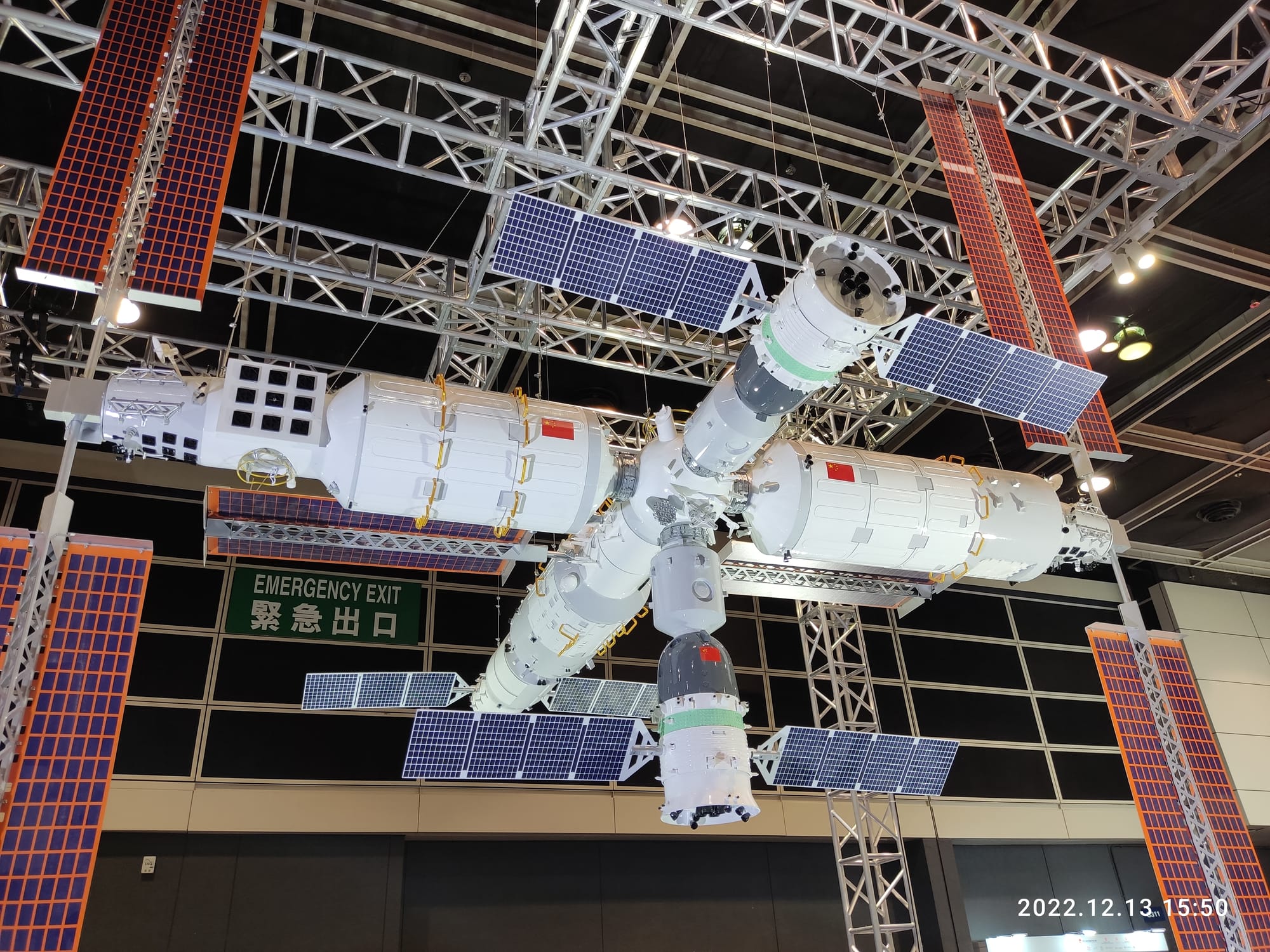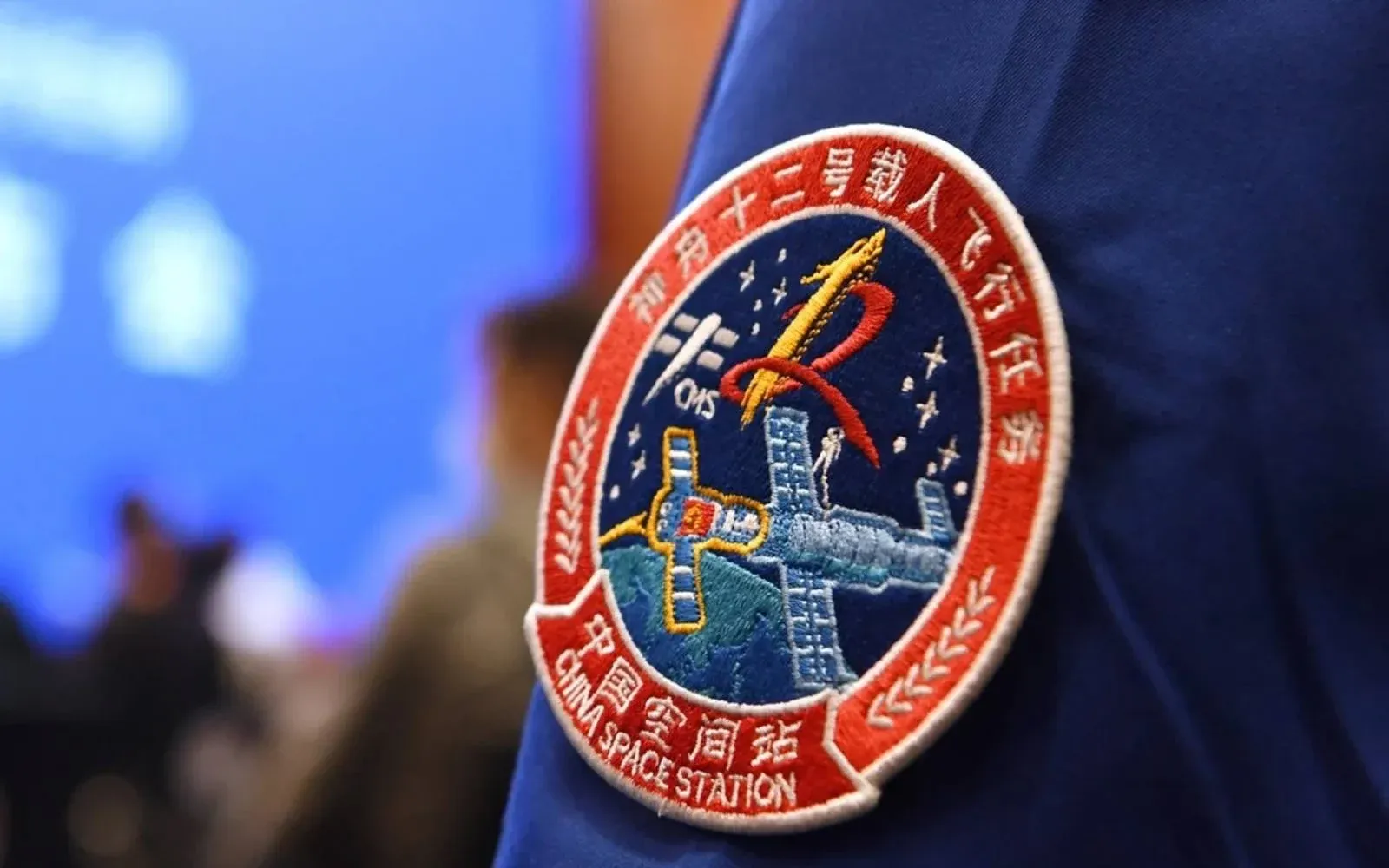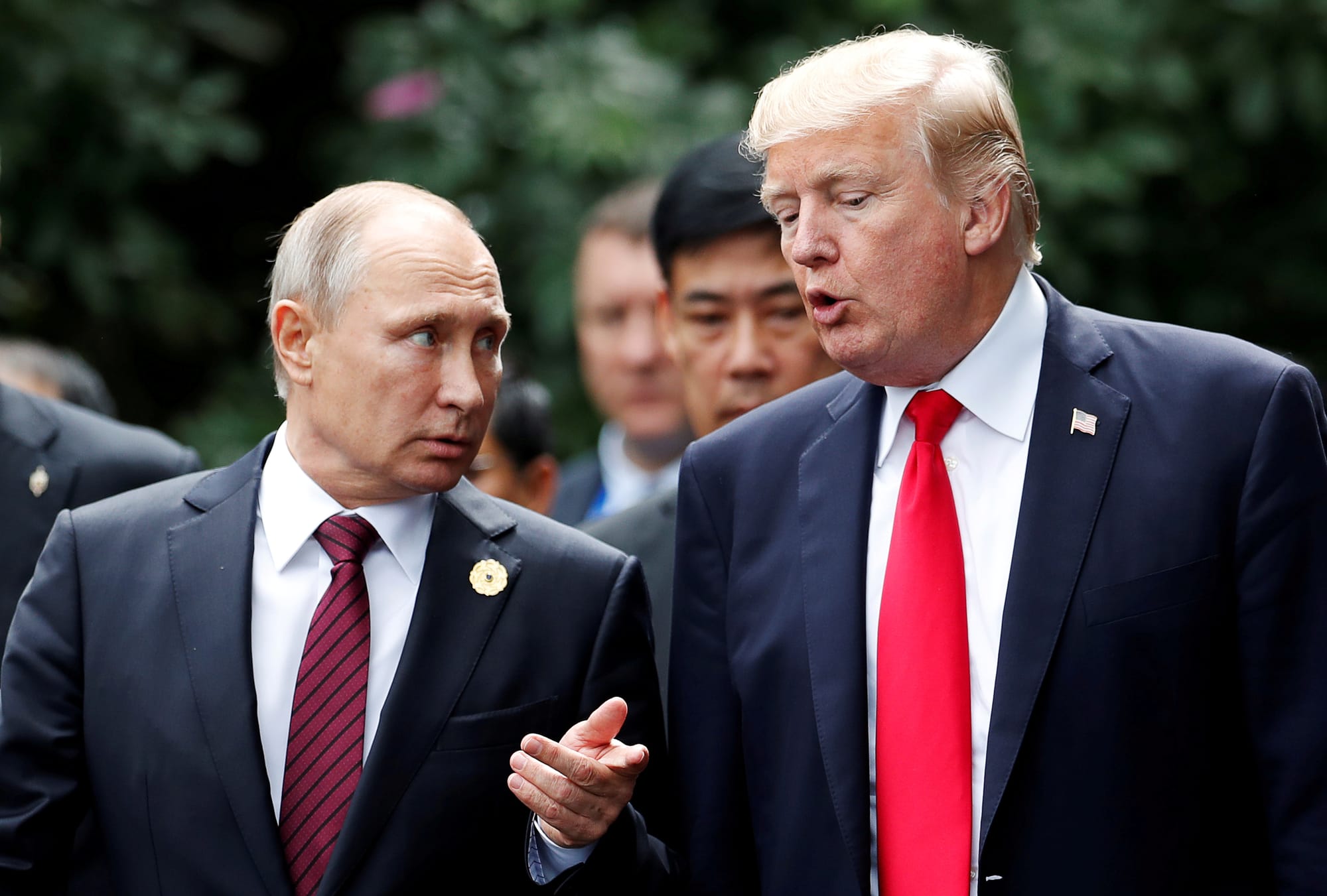In Brief

Introduction
Over the last decade, the People’s Republic of China has emerged as a strategic competitor to the United States, the European Union (EU), and the North Atlantic Treaty Organization (NATO), presenting a systemic challenge to the existing international order.
This rebalancing of power is also acutely felt in the space domain, where China has invested heavily in developing a national space programme that aims to surpass Russia’s and rival that of the US.
The dual-use nature of most space capabilities and China’s promotion of a ‘military-civil fusion’ (MCF) model – which promotes technology transfer between the military and civilian spheres3 – have raised concerns about the potential for China’s expanding space capabilities to contribute to hybrid threats, As outlined by Hybrid CoE, hybrid threats are characterized by
- Coordinated and synchronized actions that deliberately target the systemic vulnerabilities of democratic states and institutions through a wide range of means.
- Activities that exploit the thresholds of detection and attribution, as well as the different interfaces (e.g., war-peace, internal-external security, local-state, and national-international).
- Activities aimed at influencing different forms of decision-making at the local (regional), state, or institutional level, and designed to further and/or fulfil the agent’s strategic goals while undermining and/or hurting the target.

This encompasses a broad spectrum of activities across different domains, including space, which is closely interconnected with other domains, and relied upon by Western nations for communications, navigation, and connectivity. A recurring theme across these diverse activities is the need for effective intelligence to enable situational awareness and guide decision-making, both by the aggressor and those states targeted in a hybrid threat scenario.
In turn, space capabilities have emerged as a key enabler of modern intelligence-gathering, reflecting the unique opportunities associated with the use of space as the ‘ultimate high ground’.
This Hybrid CoE Paper focuses on the role of space-based intelligence capabilities through China’s rapid development of satellite technologies. This includes a mix of Chinese civilian and military agencies, as well as various forms of overt, covert or deniable cooperation between Chinese state entities and a growing array of commercial, private or proxy actors, all contributing to hybrid threats.
To explore the contribution of Chinese space-based intelligence capabilities to the hybrid threat landscape, a scan of a range of academic and government publications relating to developments in the Chinese space sector was conducted.
The goal is to provide readers with a foundational understanding of the type of hybrid threats posed by the rapid advances in Chinese intelligence-gathering capabilities operating in and through the space domain.

















Discussion